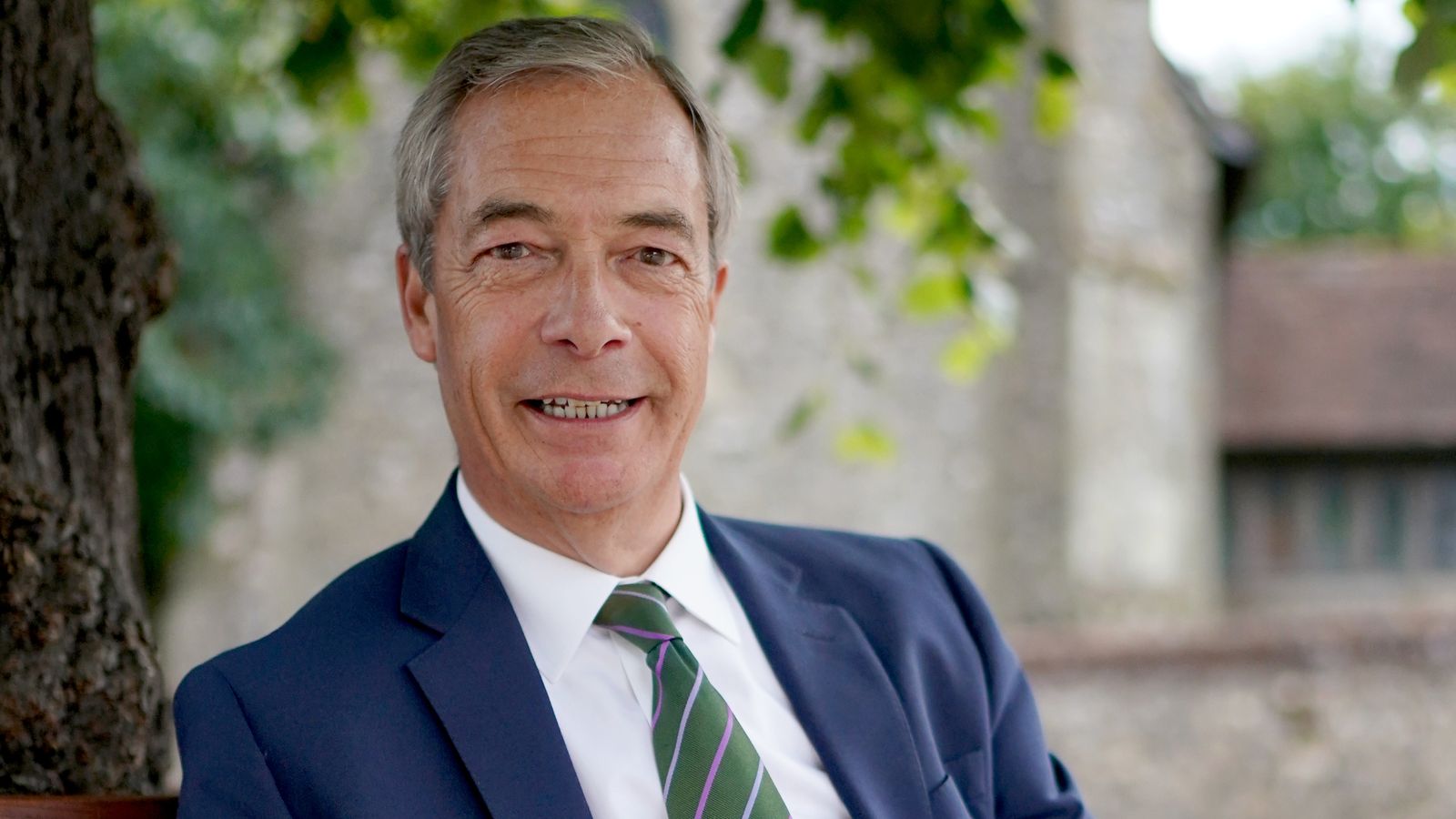Aftershocks can occur “decades to centuries” on from an original earthquake, a new study has suggested.
Researchers looked at the timing and clustering of earthquakes that followed a group of historical ones in North America – one in Charlevoix, Quebec, in 1663, three around New Madrid on the Missouri-Kentucky border between 1811 and 1812, and one other in Charleston, South Carolina, in 1886.
Using the ‘nearest neighbour method’ they were able to distinguish between aftershocks and background seismic activity in weaker zones.
The researchers found up to 72.4% of modern seismicity in the Charleston region may be long-lived aftershocks of the 1886 earthquake.
They concluded that aftershock activity is still highly present there.
Meanwhile, in the New Madrid area, around 23% modern seismicity may be long-lived aftershocks from the 1811/1812 mainshocks, with the proportion ranging from 10.7% to 65% due to uncertainties.
But the aftershocks from the 1663 Quebec earthquake have almost entirely petered out, with present-day seismic activity “predominantly background earthquakes”.
The findings, published in the journal JGR Solid Earth, read: “These results suggest that, in stable continents, aftershock sequences can last decades to centuries, and present-day seismicity in these regions may include both background earthquakes and long-lived aftershocks.”






